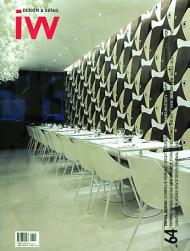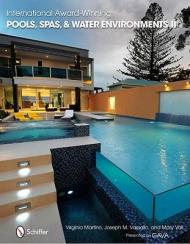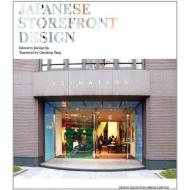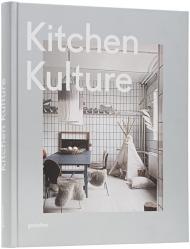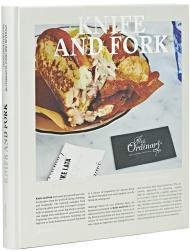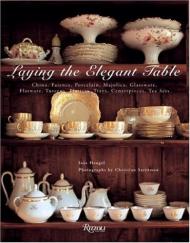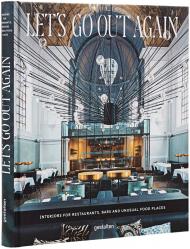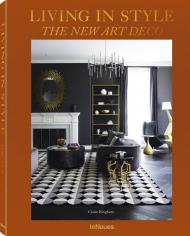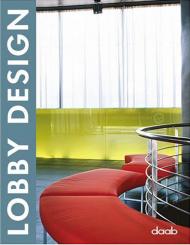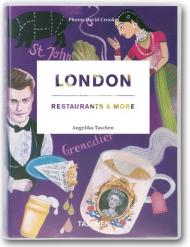Whether traditional, Nordic, or futuristic, the kitchen is the new living room — a place to cook, eat, and celebrate. This book showcases the latest interiors and kitchen concepts.
The kitchen is the new living room: a space for social gathering, collaborative cooking, event hosting, and communal dining. Undergoing immense transformation through time and continually adapting to current social and aesthetic trends, the room that used to be a service area relegated to the back of the house is now the multi-functional hub of the home.
Kitchen Kulture is an inspiring visual feast that shines a light on all that the twenty-first century kitchen can be. The kitchens presented in this book are testing grounds for environmentally-friendly innovation as well as lively spaces that inspire a higher quality of life by prompting better eating habits and bringing together family and friends. From a vast, open-plan kitchen in a London townhouse to a kitchenette inside a student studio in Berlin, the professionals behind these designs uncover the full potential of today’s kitchen through their creativity.
At home, the kitchen is where the best parties end, the wildest affairs begin, food trends are set, small culinary businesses are founded, and the perfect strangers of a supper-club are catered to. Whether large or small, modern or rustic, the kitchen has become the center of all the action. What was once a pragmatically designed place for food preparation has now become a stage on which the act of cooking and eating is celebrated as a social event. At the same time, the kitchen is being opened up to become a living space and pivotal meeting point in the home.
Kitchen Kulture is an insightful survey of new, established, and unconventional ideas in contemporary kitchen design. From small-scale multifunctional cupboard kitchens to expansive living and cooking environments, the book features kitchens that are as individual and charismatic as the personalities that use them. It includes high-tech innovations by well-known kitchen manufacturers, surprising approaches for everyday life, pop-up cooking sites for special events, and futuristic design concepts that let the kitchen dissolve entirely and become fully integrated into living spaces.
Details are an essential part of today’s culinary experience — not only when it comes to cooking but also when designing a kitchen interior. For this reason, Kitchen Kulture presents not only functional furnishings, but also an array of kitchen tools and appliances that meld practicality with aesthetics. And because a kitchen comes alive when it is used, the book includes several photo-based stories of people cooking and enjoying in their kitchens that truly capture their atmospheres.
It is precisely these rich details that make Kitchen Kulture such an inspiring reference for all of those facing the exciting yet challenging task of improving, extending, or rebuilding their kitchen. Or, of course, for those who would simply like to kick off their next dinner with friends by planning their dream kitchen!
